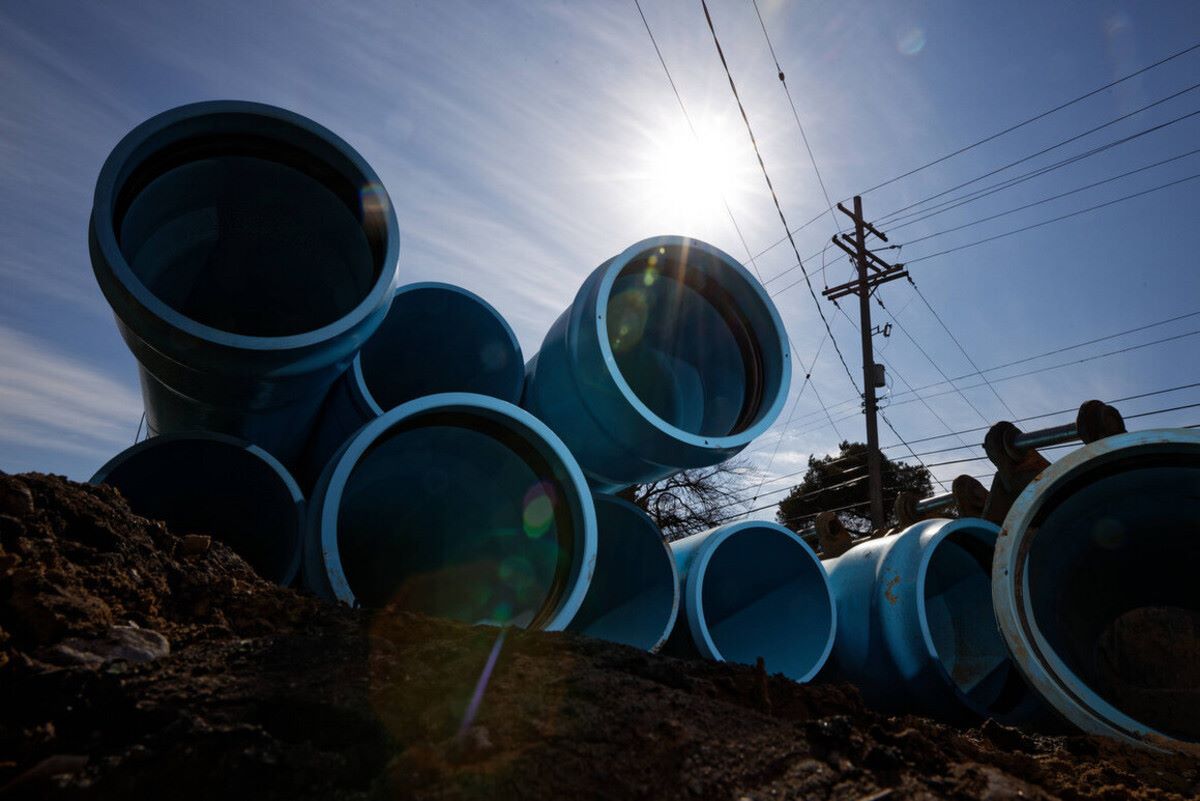
Canoe slalom, also known as whitewater slalom, is an exhilarating sport that combines speed, agility, and precision. Athletes navigate through a fast-flowing river or artificial course, steering their canoes or kayaks through a series of gates while battling against the clock. The sport requires not only physical strength and endurance but also mental focus and tactical decision-making.
In this article, we will explore 16 fascinating facts about canoe slalom that will deepen your appreciation for this thrilling sport. From its origins and equipment used to the rules and techniques employed by athletes, you’ll get an inside look into the world of canoe slalom. So, whether you’re an avid fan or just curious about this dynamic water sport, let’s dive in and discover what makes canoe slalom such a captivating and challenging endeavor.
Key Takeaways:
- Canoe slalom is an exciting water sport that demands agility, precision, and mental focus. Athletes navigate through challenging courses, showcasing both individual excellence and teamwork.
- The sport originated in the 1930s and has been a part of the Olympic Games since 1972. Competitors use specialized canoes or kayaks to navigate through timed runs, aiming for the fastest time without incurring penalties.
Canoe slalom is a thrilling water sport.
Canoe slalom, also known as whitewater slalom, is an exciting and challenging water sport that involves paddling a canoe or kayak through a fast-flowing river, negotiating a series of upstream and downstream gates.
The sport requires exceptional agility and precision.
Canoe slalom demands immense skill and coordination as athletes navigate through the gates, requiring quick decision-making, strong paddling techniques, and precise boat control.
The history of canoe slalom dates back to the 1930s.
The sport originated in Europe in the 1930s and gained popularity over the years, eventually becoming an Olympic discipline in 1972.
Canoe slalom courses are designed to challenge athletes.
Canoe slalom courses are intentionally constructed to incorporate natural and artificial elements such as rocks, eddies, and gates, challenging athletes to navigate the turbulent water in the shortest time possible.
Competitors use specialized canoes or kayaks.
Canoe slalom athletes utilize lightweight, maneuverable canoes or kayaks specifically designed for the sport, enabling them to swiftly maneuver through the gates and maintain stability in turbulent water.
Canoe slalom events consist of timed runs.
During competition, athletes complete multiple timed runs through the course, aiming for the fastest time without incurring any penalties for missing or touching the gates.
Penalties are given for missing or touching the gates.
If athletes fail to navigate through the gates correctly or touch them with their boat or paddle, they incur time penalties, adding seconds to their overall run time.
The Olympic canoe slalom course is 250 meters long.
The standard Olympic canoe slalom course is 250 meters in length, comprising a combination of upstream and downstream gates that athletes must navigate within the designated time frame.
Canoe slalom is an Olympic sport.
Canoe slalom has been a part of the Olympic Games since 1972 and continues to captivate audiences with its thrilling displays of skill and athleticism.
Canoe slalom has different categories.
There are different categories in canoe slalom, including single canoe (C1), single kayak (K1), and double canoe (C2), offering various opportunities for athletes to compete in their preferred discipline.
International Canoe Federation governs the sport.
The International Canoe Federation (ICF) is the global governing body responsible for overseeing and regulating the sport of canoe slalom, ensuring fair competition and safety standards.
Canoe slalom requires strength and endurance.
Competing in canoe slalom demands physical strength and endurance as athletes paddle against the fast-flowing water while maintaining control over their boat and executing quick, powerful strokes.
Canoe slalom athletes train in both whitewater and flatwater environments.
To excel in canoe slalom, athletes train extensively in both whitewater and flatwater environments, honing their skills and adapting to different water conditions.
Canoe slalom events take place in stunning natural settings.
One of the remarkable aspects of canoe slalom is that competitions are often held in breathtaking natural settings, showcasing the beauty of rivers and their surroundings.
Canoe slalom requires mental focus and strategy.
In addition to physical prowess, canoe slalom requires mental focus and strategic planning, as athletes must make split-second decisions, choosing the most efficient path through the gates to achieve optimum speed.
Canoe slalom is a sport that celebrates teamwork and individual excellence.
While participants compete individually, canoe slalom also emphasizes teamwork, as athletes support and learn from each other, leading to personal growth and achievement.
Conclusion
Canoe slalom is a thrilling and dynamic sport that requires skill, precision, and finesse. With its fast-paced nature and challenging obstacles, it captivates both participants and spectators alike. Whether you’re an avid fan or new to the sport, there are plenty of fascinating facts about canoe slalom that are worth discovering.
In this article, we explored sixteen intriguing facts about canoe slalom. From its origins as a training exercise for the military to becoming an Olympic discipline, canoe slalom has come a long way. We delved into the technical aspects of the sport, including the different types of gates, the scoring system, and the equipment used by athletes. Additionally, we highlighted some of the most accomplished athletes in canoe slalom history.
Canoe slalom is a sport that combines athleticism and strategy, making it a captivating event to watch or participate in. Whether you’re interested in the technical aspects or simply enjoy the adrenaline rush, canoe slalom has something to offer for everyone.
So next time you tune in to watch a canoe slalom competition or consider trying it out yourself, remember these facts and appreciate the skill and dedication required for this exciting watersport.
FAQs
Q: How is canoe slalom different from canoe sprint?
A: Canoe slalom involves navigating a challenging whitewater course with gates, while canoe sprint is a flatwater race against the clock.
Q: How are the gates in canoe slalom set up?
A: Canoe slalom gates consist of upstream and downstream gates, marked by red and green poles respectively. Athletes must navigate through them in the correct order without touching or missing any gates.
Q: What is the scoring system in canoe slalom?
A: The scoring system in canoe slalom involves adding penalties for touching or missing gates and is based on the time taken to complete the course. The athlete with the lowest score is the winner.
Q: What type of equipment is used in canoe slalom?
A: Canoe slalom athletes use specialized canoes or kayaks, along with a paddle and safety equipment such as helmets and life jackets.
Q: How can one get involved in canoe slalom?
A: To get involved in canoe slalom, you can join a local club or training center that offers lessons and training programs. It’s also a good idea to start with flatwater paddling to build a foundation before progressing to whitewater courses.
Was this page helpful?
Our commitment to delivering trustworthy and engaging content is at the heart of what we do. Each fact on our site is contributed by real users like you, bringing a wealth of diverse insights and information. To ensure the highest standards of accuracy and reliability, our dedicated editors meticulously review each submission. This process guarantees that the facts we share are not only fascinating but also credible. Trust in our commitment to quality and authenticity as you explore and learn with us.


